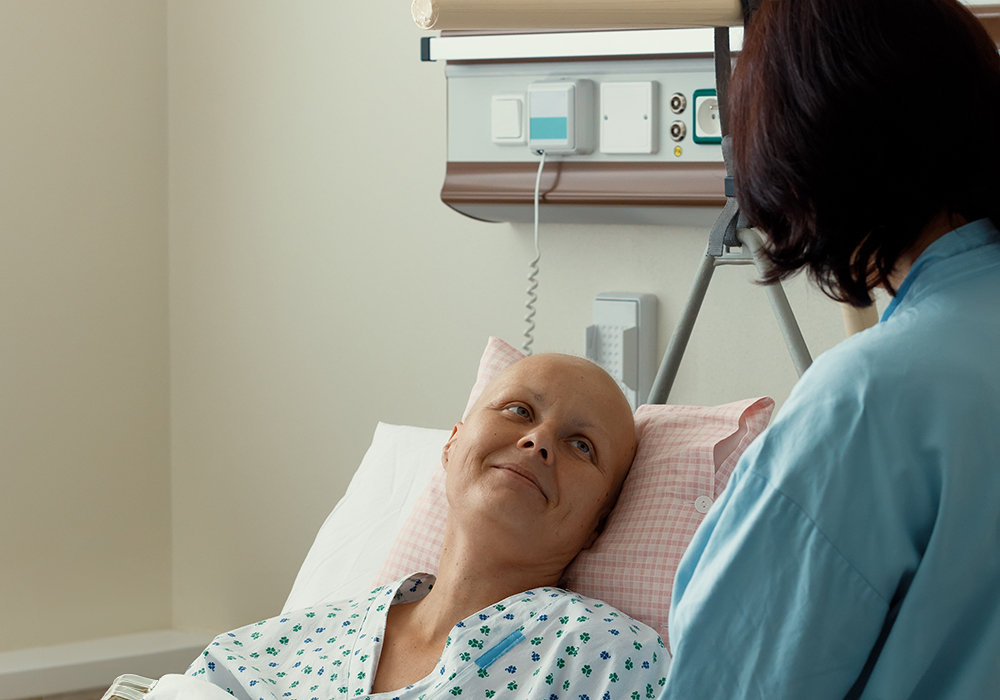In May 2022, the Centers for Disease Control and Prevention (CDC) began tracking cases of mpox (formerly named monkeypox) in the United States, a disease caused by infection with the monkeypox virus. Already in 2024, more than 1,900 U.S. cases have been reported to the CDC. The World Health Organization declared it a global outbreak in 2022 and again in August 2024 after the clade II strain emerged.
How Does Mpox Manifest?
Symptoms generally begin within three weeks of exposure, and the illness typically lasts two to four weeks. Mpox disease progresses through three phases: incubation, prodrome, and rash. The incubation period typically lasts one to two weeks, where an infected person typically doesn’t experience symptoms and is not contagious. The prodromal period is marked by early symptoms (e.g., fever, headache, malaise, lymphadenopathy; see sidebar); then, a rash appears and progresses through several stages (see sidebar). Infected individuals are considered contagious from prodrome through the final rash stage when all sores have healed.
Rashes During Mpox Phases
| Rash Stage | Duration | Description |
| Enathem | Day 0 | First lesions develop, usually on the tongue and in the mouth. |
| Macules | 1–2 days | Macular (flat) rash appears. |
| Papules | 1–2 days | Lesions progress from macular (flat) to papular (raised). |
| Vesicles | 1–2 days | Lesions become vesicular (raised and filled with clear fluid). |
| Pustules | 5–7 days | Lesions are filled with opaque fluid, sharply raised, usually round, firm to the touch, and umbilicated. |
| Scabs | 7–14 days | Pustules have crusted and scabbed. Scabs usually remain for a week. |
| Note. Based on information from CDC. | ||
How Is Mpox Spread?
Monkeypox virus can be transmitted through:
- Close, personal contact (often skin-to-skin contact), including direct contact with mpox rash, body fluids, or respiratory secretions as well as fabrics or surfaces used by someone with mpox disease
- The placenta of a pregnant person with mpox disease to a fetus
- Contact with infected animals
Data are limited on whether the virus can be spread when someone is asymptomatic, but incidences have been reported. Researchers are investigating whether the virus can spread via semen, vaginal fluids, urine, or feces and how often mpox is spread through respiratory secretions. CDC did not categorize mpox as airborne. Patients who are younger than age 8, immunocompromised, pregnant, or have a history of atopic dermatitis or eczema are at risk for more severe infections.
What Should I Know as an Oncology Nurse?
Mpox can be mistaken for other conditions that present with rash, but it has a few distinguishing characteristics:
- The rash appears as blisters or sores that are deep-seated, well-circumscribed, and umbilicated (having a small depression like a navel).
- Lesions are firm or rubbery and can be described as painful until the healing phase when they become itchy.
- Lesions develop on one part of the body and evolve at the same pace; rash is not always disseminated across the entire body, it may be more contained.
- The number of lesions can range from one to several thousand.
- The rash is centrifugal (appearing more on the extremities or face).
- Lesions can appear on the palms or soles, but not always.
- Fever may appear before the rash manifests, or after, or not at all.
- Respiratory symptoms such as sore throat, nasal congestion, or cough can occur.
- Rectal symptoms such as blood stools, rectal pain or bleeding can occur.
Could My Patient Have Shingles, not Mpox?
Patients with cancer may commonly experience shingles (herpes zoster), a disease that can closely resemble mpox. Both can cause fever, headache, chills, and rash, but the rash appears differently for each disease. Mpox lesions tend to appear on the face first and then spread to other areas of the body in a scattered pattern. Shingles lesions typically form in bands or stripes and don’t generally cross the midline of the body, although it can rarely be more widespread and appear like chicken pox in immunocompromised patients. Both rashes can be described as painful, but a shingles rash is characterized by a constant dull, burning, or stabbing pain along the rash’s path. Patients could also be coinfected with mpox and another infectious agent. Testing is key to identifying the cause and therefore the appropriate treatment and management approaches.
How Is Mpox Prevented and Treated?
Two mpox vaccines are approved in the United States, but both contain live virus (one is nonreplicating live virus) and may be contraindicated for people with cancer. Learn more about vaccination for mpox.
Antivirals used to treat smallpox are being used to treat mpox in ongoing studies, although no treatment is currently approved specifically for mpox at this time.
The goal of treatment is for early supportive care of the rash to prevent complications and to manage pain. Immunocompromised individuals can develop more severe infection with mpox, which can result in ocular lesions, neurologic complications, myopericarditis, and uncontrolled spread of the virus.
What Precautions Should Patients With Cancer Take?
People with cancer should avoid direct contact with anyone who has an unexplained rash, avoid handling linens or other materials that have been in contact with someone who is infected with mpox, and wash their hands frequently. If they develop an unexplained rash or have close contact with someone with suspected or confirmed mpox, they should isolate and contact their care team.






